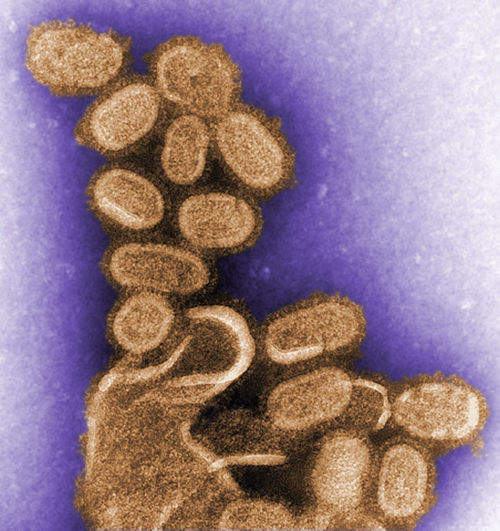
A new study performed by Columbia University Irving Medical Center’s (CUIMC) Center for Radiological Research in the US showed that continuous, low doses of far-ultraviolet C (far-UVC) light could kill airborne influenza viruses without affecting human tissues.
The researchers believe that this study could aid in management of seasonal flu epidemics and pandemics through use of overhead far-UVC light in public spaces such as hospitals, doctors’ offices, schools, airports and airplanes.
Broad-spectrum UVC light is commonly used to decontaminate surgical equipment and known to effectively destroy bacteria and viruses by targeting the molecular bonds of their DNA.
This light is, however, believed to result in health hazards such as skin cancer and cataracts in humans. The researchers turned to the narrow spectrum of ultraviolet light, far-UVC, to address this challenge.
Center for Radiological Research director David Brenner said: “Far-UVC light has a very limited range and cannot penetrate through the outer dead-cell layer of human skin or the tear layer in the eye, so it’s not a human health hazard.
“But because viruses and bacteria are much smaller than human cells, far-UVC light can reach their DNA and kill them.”
How well do you really know your competitors?
Access the most comprehensive Company Profiles on the market, powered by GlobalData. Save hours of research. Gain competitive edge.

Thank you!
Your download email will arrive shortly
Not ready to buy yet? Download a free sample
We are confident about the unique quality of our Company Profiles. However, we want you to make the most beneficial decision for your business, so we offer a free sample that you can download by submitting the below form
By GlobalDataPrevious studies conducted by Brenner and his team showed that far-UVC light was effective at killing methicillin-resistant S aureus (MRSA) bacteria.
To investigate its impact on influenza virus during the latest study, the team released aerosolised H1N1 virus into a test chamber where it was exposed to very low doses of 222nm far-UVC light.
The researchers found that the far-UVC light inactivated the flu viruses with efficiency similar to that of the standard germicidal UV light.
When confirmed in additional settings, the use of overhead low-level far-UVC light is expected to work as a safe, efficient and relatively inexpensive approach for controlling transmission and spread of air-mediated microbial diseases.



